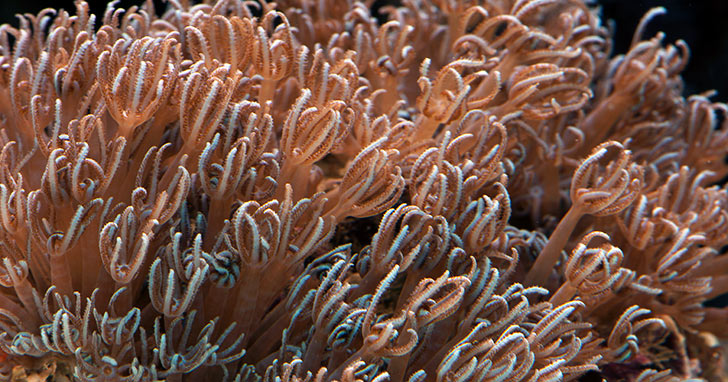
How Water Movement Contributes to Aquarium Fish HealthWhy is water movement important to fish health?
Proper water movement plays an important role in aquarium fish health management. Many unseen processes vital to fish health occur as water actively moves throughout the aquarium. Water movement is best described as the circulatory system for your aquarium that helps maintain water quality and influences fish health. Proper water movement is important for promoting gas exchange, supplementing filtration, and providing physical and mental activity for aquarium inhabitants. Does water movement help with gas exchange within aquariums?
Like a fresh breeze in a stuffy room, water movement supplements gas exchange by transporting dissolved gases out of stagnant areas. Through the natural activity of life, various gases accumulate in aquarium water. For example, carbon dioxide is a by-product of fish respiration and gases including nitrogen, methane, and sulfur are produced as different bacteria metabolize waste materials. Moving water transports these gases into the main water column where they can be released, unobstructed, into the atmosphere. Water movement also supplements gas exchange by mixing water layers. Moving water allows different water layers to come into greater contact with surface water where gas exchange takes place. Oxygen poor water near the aquarium bottom is pulled up and comes in contact with oxygen rich water at the surface. Through this active interaction, the concentration of harmful gases is reduced, and oxygen levels increase. Does water movement help water filtration?
Proper water movement enhances filtration by transporting more waste materials to the filter. Mechanical, chemical, and biological filtration all benefit from proper water movement. Moving water helps keep waste materials suspended in the water column and prevents them from settling into hard-to-reach areas. Larger particulates and debris swept up by currents are easily trapped and removed by mechanical filtration. Dissolved waste materials are efficiently removed by chemical filter media. Oxygen-rich water achieved through water movement provides a steady supply of oxygen for effective biological filtration that combats cloudy aquarium water. Proper water movement is especially significant in reef filtration. Corals and other sessile organisms rely on water movement to physically wash away and export waste materials. Without proper water movement, metabolic waste, toxins, mucus, and other organic chemicals can accumulate on or around corals. Even the most sophisticated reef filtration system will function more efficiently by improving water movement. How does water movement encourage fish activity?
As a closed and relatively small environment, most home aquariums do not have adequate room to encourage active swimming. While the actual swimming area remains the same, increasing water movement provides physical and engaging activity for fish. By swimming against or through moving water, fish receive physical activity necessary for proper growth and muscle development. The resistance provided by water movement may also aid fish digestion and metabolism and offer other benefits of physical activity. Tropical aquarium fish originating from streams and rivers have evolved to live in fast-moving water. Recreating similar water movement conditions may encourage the display of natural behavior, as well as coloration and physical development not seen in still or slow-moving water. Question :
What happens if my aquarium does not have good water movement? Anwser :
Poor water movement can reduce aquarium water quality and affect fish health. It can also hinder filtration and compromise the aesthetics of your aquarium.
Related Articles
|
|
|
|




